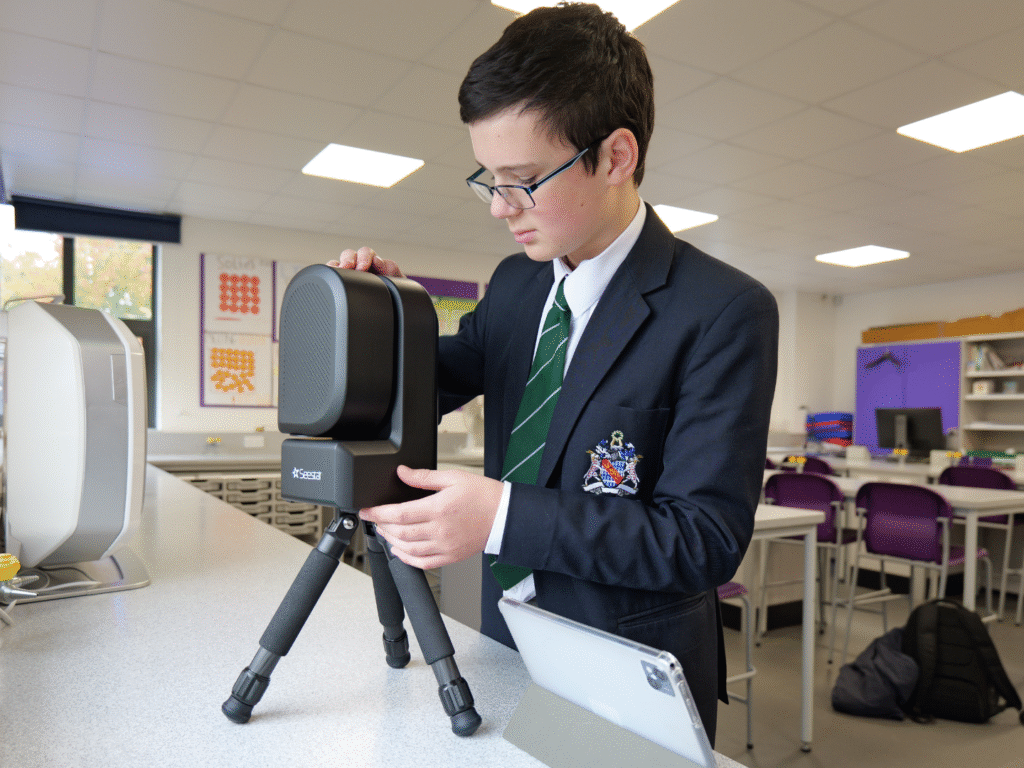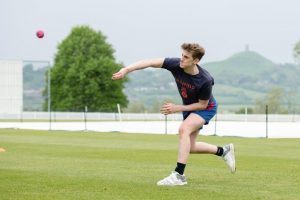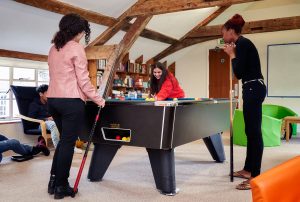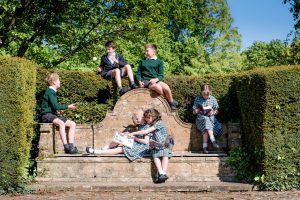Sky-high success for Haberdashers’ Monmouth student, Sam Johnson, who earned a Grade 7 in GCSE Astronomy an impressive two years early!
Student, Sam Johnson, has reached for the stars, quite literally, by achieving a Grade 7 (which is equivalent to an A) in his GCSE in Astronomy in Year 9 (usually taken in Year 11).
A keen member of Haberdashers’ Monmouth School’s Astronomy Club, Sam has spent countless evenings exploring the night sky, capturing stunning images such as his recent photograph of the Orion nebula. His enthusiasm for the cosmos has not only earned him academic success but also inspired other students to look up and get involved in the school’s growing astronomy community. We sat down with Sam to find out what sparked his passion for the stars, how the school supports young astronomers, and what advice he’d give to others eager to explore the universe.
We caught up with Sam to learn more about his passion for all things astronomy.
1.Congratulations, Sam! What first got you interested in astronomy, and how did that interest grow into taking the GCSE a year early?
When I was very young I really enjoyed documentaries about the universe and phenomena like pulsars, white dwarfs and supernovae, as they involved lots of large explosions! Then at the Prep, I had a really brilliant science teacher, Dr Wall, who told me there was a whole planet colonised by robots (it’s Mars!). That sounded so cool that I was hooked on astronomy from that point on! I loved my Science lessons and our team got to the final of the National Quiz Club Schools’ Science Quiz two years in a row. My specialty on the team was the periodic table and the universe.
- What’s it like studying astronomy and how do your teachers and the school support passionate astronomers?
I really enjoyed the GCSE course as it covered everything from the earliest astronomers, such as the Ancient Egyptians and Eratosthenes to the latest telescopic discoveries, such as exoplanets. I had to learn some quite challenging maths to work out things like stellar magnitude, but Dr Jones was great and really helped us with the harder parts of the course.
- Can you tell us about the equipment you use at school, and how it helps you make real observations of the night sky?
We use the Seestar S50, it is an amazing piece of kit as it is so easy to use, even when you are 14 years old! It helps you find everything you want to observe and to capture great images.
- You’ve taken an amazing photo of Orion — how did you capture it, and what makes that image special to you?
I am lucky to live on the edge of the Black Mountains near a dark sky area, so I can get some really good astronomical photographs from my garden. The Orion picture was the first photograph of a nebula that I was able to take using the Seestar.
- The school has connections to telescopes around the world — have you used any of those, and what’s that experience like?
Having access to telescopes around the world is amazing and I really want to explore some of the southern hemisphere, as obviously we can’t see that part of the sky from Monmouthshire!
- What’s the best thing about being part of the Astronomy Club?
Dr Jones is really enthusiastic and explains everything really clearly to us, so even very complex aspects of the subject are made simple for us to understand.
- Finally, what advice would you give to other students who are curious about astronomy and might want to get involved?
As well as Astronomy Club in school, there is lots of information out there if you are interested in astronomy. I read Sky at Night magazine and also watch online lectures and documentaries. Recently I was lucky enough to watch an online lecture from the Nobel Prize winner Professor Sir Roger Penrose about black holes.
There are so many mysteries of the universe that are there to be uncovered, things like dark matter, and I hope to study them and maybe find some answers!
Categories: Haberdasher's Monmouth School News







